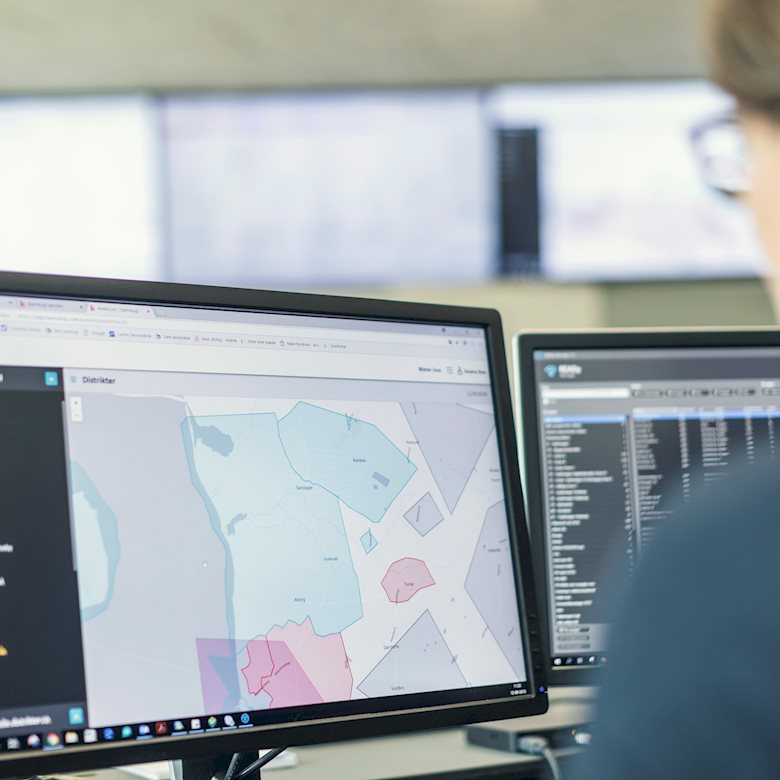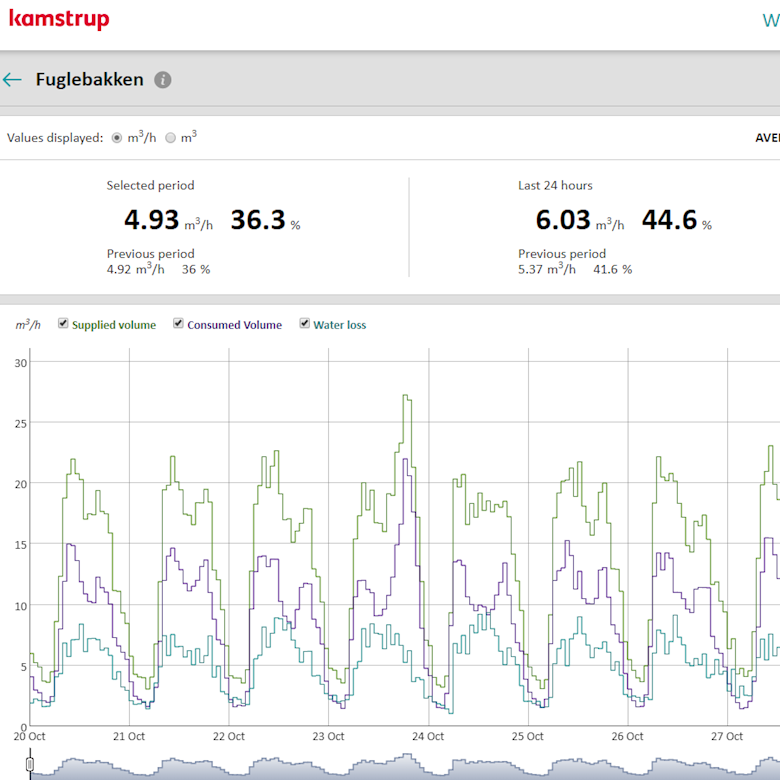Posted on Wednesday, November 21, 2018 by Allan Nielsen
What is the value of your meter data?
Some of the benefits of today’s smart water metering technology are immediately apparent, like saying goodbye to manual reading. But what’s not as clear at first glance is what impact more frequent meter data can have on a utility’s bottom line.
There is huge value in data. But data is only useful when you use it. Smart meters produce a lot of data, often more than what a lot of utilities know what to do with. So how do you calculate the value it can bring to justify the investment?
Prioritise and quantify
In the first place, you need to consider the unique challenges you face. Is leak detection your main concern or are you more focused on reducing the number of field visits you conduct? Maybe your primary goal is simple and efficient meter reading with minimal administration.
Secondly, asses the value data would bring to each area. By breaking down each component you will be able to calculate and quantify the financial potential of automatic meter reading in that individual area. Take into consideration:
- How much does a field visit actually cost?
- How much water do you lose due to leakages?
- What impact would operating with ideal pressure have on the lifetime of your distribution network?
Adding up the answers to these questions visualises how much your utility would gain from simpler meter reading and more frequent data. In other words: what is your data actually worth to you?
The good news is that the data smart meters produce, enable you to benchmark your results so you’ll be able to quantify exactly how much resource and money you’re saving. We'll now break down six ways to generate value from the data your smart meter network produce.
6 ways to extract value from smart meter data
1) Improved accuracy and enhanced data quality
With pinpoint accuracy throughout their lifetime, ultrasonic smart meters ensure accurate data quality and correct billing for your customers – protecting and potentially increasing your revenue.
2) More efficient meter reading
You can stop wasting time and money with manual readings and read your entire network automatically from wherever you are. Smart metering can dramatically reduce your administrative and staffing costs while removing the risk of manual errors. Essentially, you’ll be able to do more in less time and with fewer resources.
3) Minimised water loss
Smart meters give you the power to quickly detect and localise leaks and bursts. This is key to reducing water loss whilst minimising the inconvenience caused to your customers. The regular data you’ll have access to, combined with the dedicated leak and burst monitoring and alarms in the meters, yield the potential to significantly reduce water loss across your network. Frequent data also enables you to create daily or even hourly water balances and break down the volume of water that leaves the utility into smaller parts to make comparisons with actual consumption.
4) Improved customer service and involvement
With more frequent data directly from your network, you’ll be able to limit the number of service visits to solve problems or investigate irregularities because current and updated meter data is already available at the utility.
Just as importantly, because you have a detailed knowledge of the state of your distribution network you will be able to provide better and faster service to customers that contact you for help. This also allows utilities to offer more advanced services to their customers including giving them insight into their consumption so that they are able to take charge of changing it.
5) Optimised network pressure
Continuously monitoring the pressure in your distribution network allows you to adjust it so that it is neither too low nor too high, ensuring an optimal comfort level for your consumers. Improved pressure optimisation and management also reduces the number and volume of leaks in your network and enables you to lower the energy consumption of your pumps. Furthermore, frequent sensor data allows faster detection of damaging pressure surges, which stress your pipes and reduce the lifetime of your network.
6) Instant notification on irregularities
Instant notifications and alarms from the meters in your network alert you to unexpected occurrences such as leaks, bursts, tampering attempts or reverse flow - enabling you to quickly take the necessary actions to prevent revenue loss and protect your network and your customers. You can also add other smart devices to your distribution network such as sensors that can provide detailed data on other parameters like water quality.
Let your numbers do the talking
Kamstrup has developed an online tool that makes it easier for you to break down your business case for automated meter reading. By choosing the focus area(s) for your utility and applying facts and numbers from your everyday work, you get an idea of the potential value for your utility.
Dive in at kamstrup.com/Lets-talk-about



